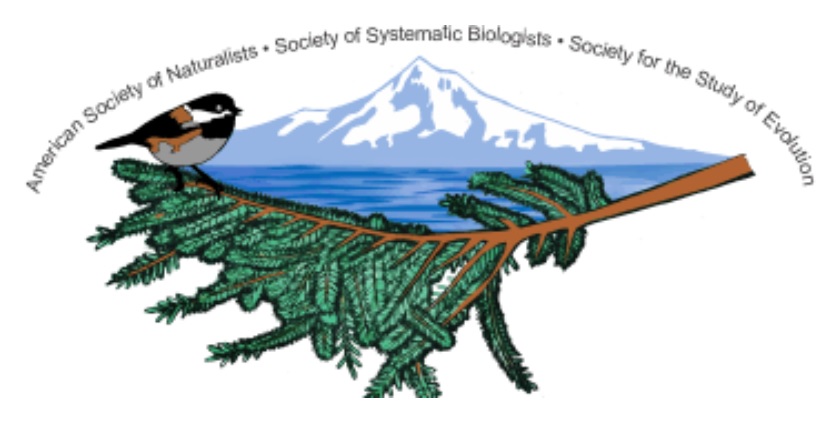Professional Development for Undergraduate Educators
Workshop Schedule
Workshop Schedule
8:30 Registration and Welcome
9:00 QUBES: Teaching Quantitative Biology Better
Kristin Jenkins, BioQUEST, Gaby Hamerlinck, QUBES, Louise Mead, BEACON, and Phil Gibson, University of Oklahoma
Learn how the NSF funded QUBES Project (Quantitative Undergraduate Biology Education) can help you teach quantitative skills in your undergraduate biology, quantitative biology, and evolutionary biology courses. Looking for vetted modules with data analysis? How about a set of activities for brushing up basic quantitative skills? Interested in setting up R or NetLogo based activities for your class on QUBES, without downloading anything? If you are looking for a deeper dive into teaching quantitative biology, perhaps one of the upcoming Faculty Mentoring Networks will fit the bill. Learn more about these resources and opportunities for the evolutionary biology community from the QUBES staff and Mentors.
10:00 Break
10:15 Different Data and Odd Models
Phil Gibson, University of Oklahoma
Students often think of data in terms of measurements or other forms of quantitative values collected from test populations and models as formulae those measurements are plugged in to for calculation of a particular value. When asked to interpret how the model’s features contribute to their interpretation of the data or the output, students often struggle at this critical step. The problems become even greater when the model is not a formula and the data are not measurements. Further challenges can arise when results from different data sets conflict with one another. In this workshop, participants will explore how use of tree-thinking and parsimony models in phylogenetic analyses can be used to strengthen students’ understanding of models and data, improve their analytical and interpretation skills, and increase their knowledge of trends in plant evolution.
12:30 Catered Lunch
1:30 Inviting Students to Engage in the Modeling Process Through a New Framework for Models and Modeling
Hannah Callender Highlander, University of Portland
Recently the National Institute for Mathematical and Biological Synthesis (NIMBioS) supported a working group to address the many challenges associated with the use of models and modeling in the biology classroom. Here I will outline some of the key developments from this working group, including a new, more inclusive, framework for models and modeling that broadens the notion of a model to include a variety of model types, not just mathematical models, and can help break common barriers to teaching modeling. We will provide hands on examples for how this new framework can transform the notion of models and modeling for the benefit of both instructors and students.
2:30 Break
2:45 HHMI Skin Color and Modeling Polygenic Inheritance activities, Paul Beardsley, Cal Poly Pomona
Undergraduate understanding of genetics is more important than ever for biological literacy in a changing world, but student and public misunderstandings of genetics are well-known, widespread, and have led to many negative societal outcomes. In this session designed for instructors of introductory undergraduate students, we will watch HHMI’s freely available short film The Biology of Skin Color in which students learn the explanation for why humans living in different parts of the world have different skin color. As participants complete and reflect on the activity, we will discuss common challenges to teaching and learning genetics.
4:45 Wrap up
